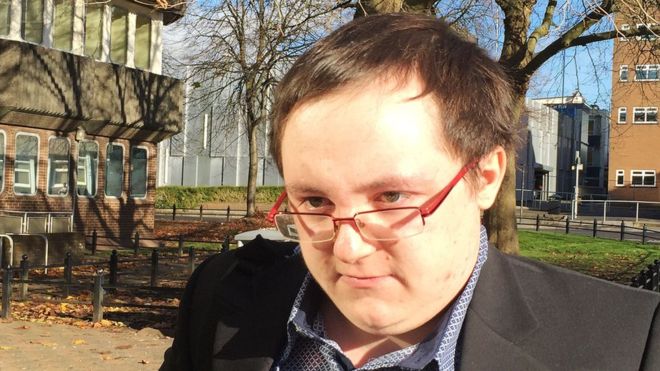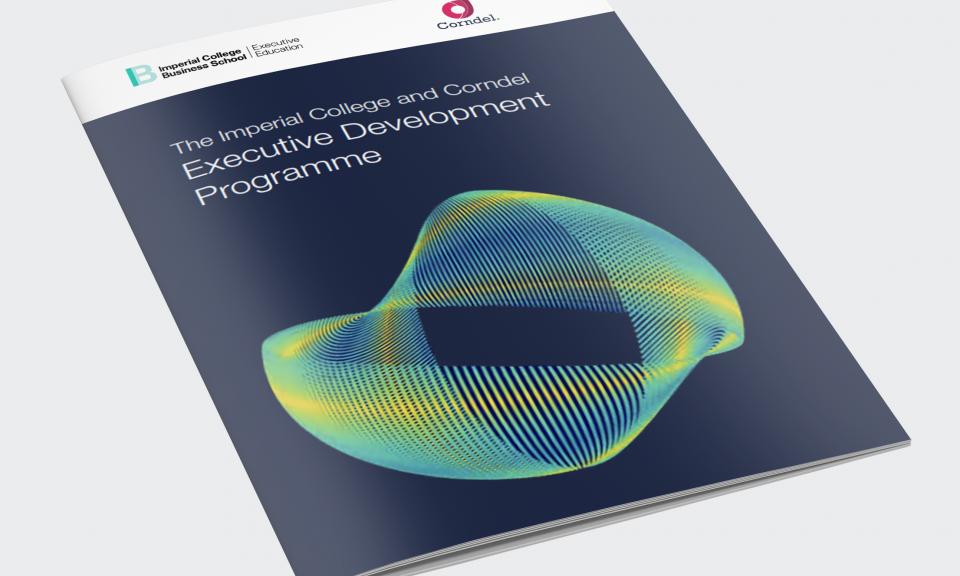
And, on the floor, it appears compelling. Federal spending on Social Protection and Medicare is projected to skyrocket as infant boomers hold to retire, putting significant stress on discretionary spending. Whilst state economic and fiscal pictures range broadly, many big states are going through giant financial shortfalls in their own, with unfunded pension liabilities posing a looming chance in even extra states. As our population ages, aged citizens may be much less and less reluctant to pay for public programs that benefit youngsters who look, demographically, very extraordinary from them. In mild of this combination of phenomena, which my colleague Andrew Rotherham has categorized the “coming geezer war,” the prospects for future spending on children and schooling appearance bleak.
But the outlook may not be as bleak because it seems at the start blush. In a brand new City Institute report, venerable federal budget and public finance professional C. Eugene Steuerle notes that, for all the speak of austerity, federal spending and tax incentives are slated to grow by using $15,000 in line with household over the following 10 years.
There is a problem, although: With out modifications in how our policymakers allocate sources, most of these funds are not going to be spent on early formative years, training or other activities selling financial growth and opportunity across the monetary spectrum. This is an affordable outcome of the evolution of government spending over the past century, which first of all focused on infrastructure and public items after which, inside the New Deal and submit–World war II eras, on helping a minimum fashionable of residing for traditionally impoverished organizations which includes the disabled and aged. As our us of a faces converting demographics, multiplied global opposition and increasingly more complex financial, environmental and other demanding situations, how we allocate sources is an increasing number of intricate, but.
by dedicating one of these huge percentage of federal spending to income assist, preservation and health care packages, we’re essentially eating our seed corn – buying current consumption at the value of other funding in lengthy–time period boom and improvement of our countrywide human capital. And the investments that we do make in increase, human capital and comparable sports – what Steuerle calls “possibility investments” – are disproportionately allocated to better–earnings People thru the tax code, in preference to to terrible and mild–income folks who need them the maximum.
Investments in education – and early formative years schooling in particular – are precisely the form of “possibility investments” that Steuerle argues ought to end up an increasing precedence for federal sources. He even calls out early early life schooling as an vital precedence for expanded spending. however in keeping with Steuerle’s evaluation, virtually none of the increase in federal revenue and spending over the subsequent decade is predicted to visit education and baby development packages. If we preserve on our current direction, federal spending on early early life and schooling programs will definitely fall as a percentage of GDP among now and 2026. It is why widespread increases in investment for early childhood packages seem so unbelievable – however this does not must be the case.
Steuerle notes that we will boom spending on preschool and other opportunity investments Without slicing current spending on different priorities. It’s because monetary increase – which Steuerle fairly assumes will hold but which is likewise impacted by way of budgetary spending picks – generates increasing sales, with which policymakers can fund possibility investments. Tweaking present policies, such as the mortgage hobby deduction, to make them greater which includes low- and mild–income households and less expensive to the federal treasury, might also help. And we should also are searching for opportunities to shift existing “opportunity funding” spending from less to extra powerful makes use of.
The hassle, consequently, isn’t a economic trouble of constrained resources, however one in all political will. Policymakers have traditionally been unwilling to make hard alternatives approximately aid allocation and too inclined to settle for budgetary nonchoices that honestly continue beyond traits, in place of spending marginal sources in new methods to deal with changing national wishes and priorities. Steuerle’s evaluation gives a compelling case that extended investments in early early life education – in conjunction with other packages that promote increase and possibility and build human capital at some stage in the life cycle – aren’t simplest vital but completely viable – but only if policymakers exchange how they think about allocating destiny sources.
If early adolescence advocates are to make development in expanding get admission to to 86f68e4d402306ad3cd330d005134dac early care and schooling applications, they must be aware of and help form these budgetary dynamics. It is Now not enough sincerely to make the moral and clinical case for investments in younger kids, or to argue that investments in early adolescence development yield destiny “returns on investment.” What’s needed are viable coverage proposals for converting the directional allocation of destiny sales and resources in methods that increase the proportion of future budgets going to youngsters and households – in addition to political muscle to translate the ones ideas into truth. Early formative years advocates must additionally do a higher task of demonstrating how proposed investments will produce meant influences and figuring out opportunities to shift assets from different, less effective schooling and social programs. The coolest news is that assets exist. The venture is persuading policymakers to peer and use them in new ways.
















